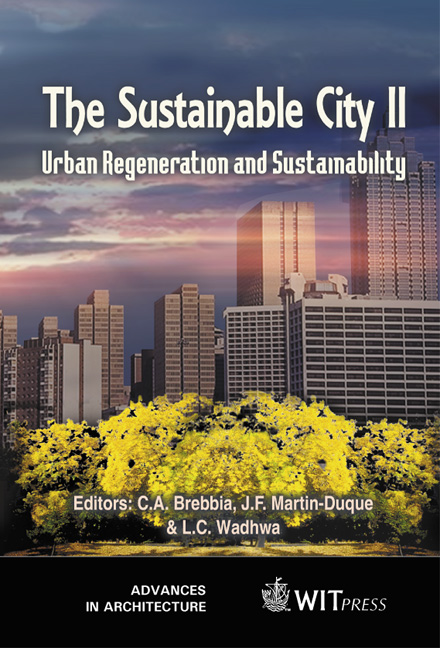Scotland’s Built Heritage; Tourism And Income Generation
Price
Free (open access)
Transaction
Volume
54
Pages
Published
2002
Size
482 kb
Paper DOI
10.2495/URS020341
Copyright
WIT Press
Author(s)
C Doyle
Abstract
Scotland currently hosts approximately 43,500 listed buildings of which some 10,000 are considered to be of exceptional importance at nationaYinternationa1 level. The significance of these buildings to the economic wellbeing of the UK economy and Scotland in particular is gaining increasing recognition through their ability to attract tourists and generate employment [1] [2] [3]. The Scottish tourism bulletin for 1995 [4] indicated that 80% of trips undertaken by foreign tourists within the UK were to Castles, Monuments, Churches, historic buildings and sites. Indeed O’Brien [5] found that within the day-trip market a visit to an historical building or site was one of the main destinations for both domestic and overseas visitors. However, whilst Scotland enjoys increasing levels of tourism, not all tourist generate the same income levels. By building up a socio-economic profile of visitors to Scotland by age, income levels and motives for visiting, a more accurate picture of the importance of our built heritage emerges. This study therefore builds up a tourist profile of visitors to Scotland and shows that those visiting primarily for a visit to an historic buildings or site tend to spend more per visit thus generating greater wealth and employment potential. Such information can therefore inform city planners and decision-makers when directing finds at projects with the overall aim of increasing both the aesthetics and wealth of the economy. 1 Introduction The growth of tourism has increased substantially this century due to, amongst other things, better travel, more leisure time and a general increase in disposable
Keywords





